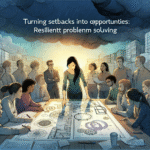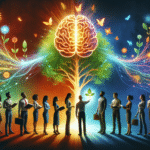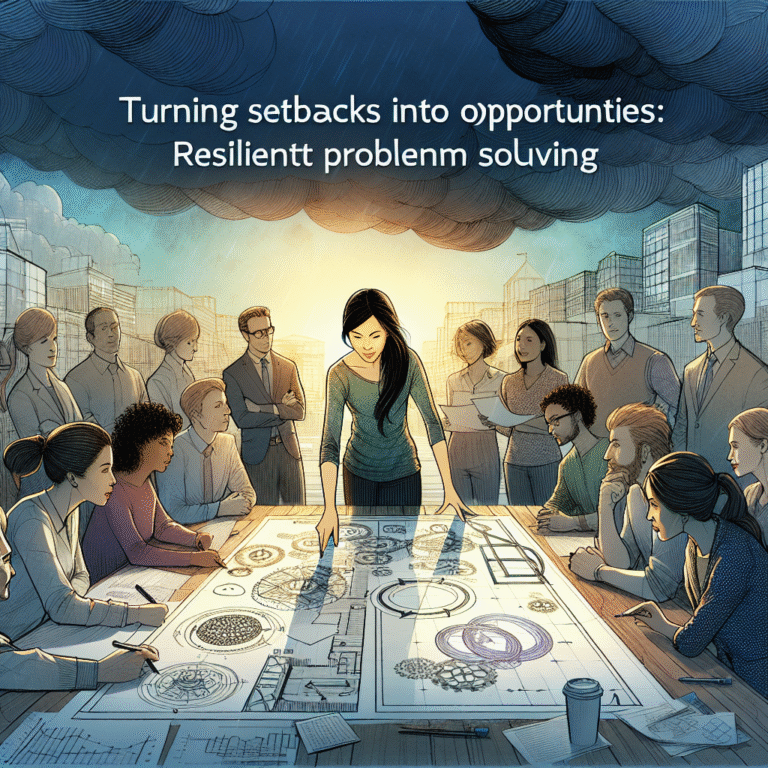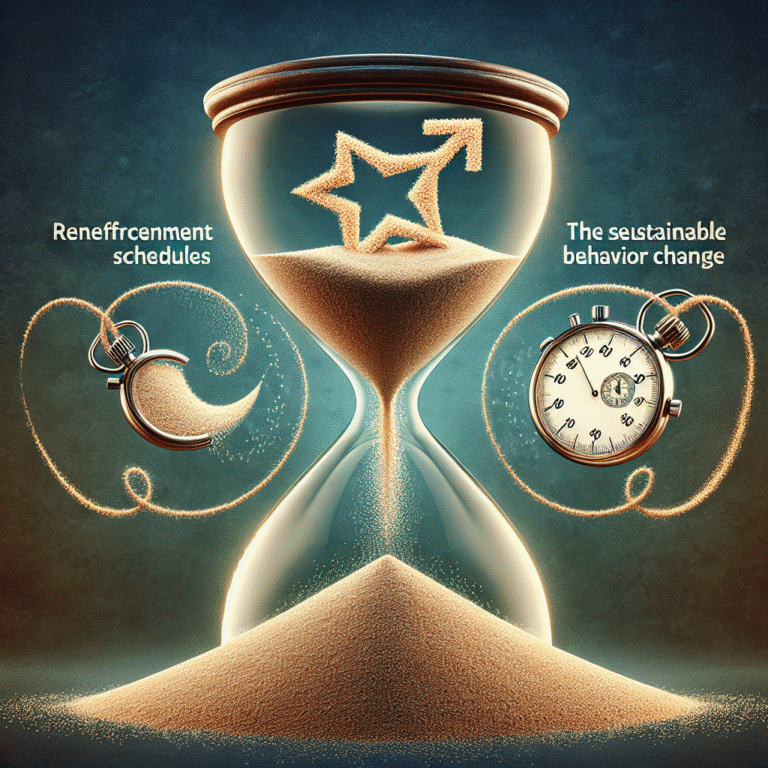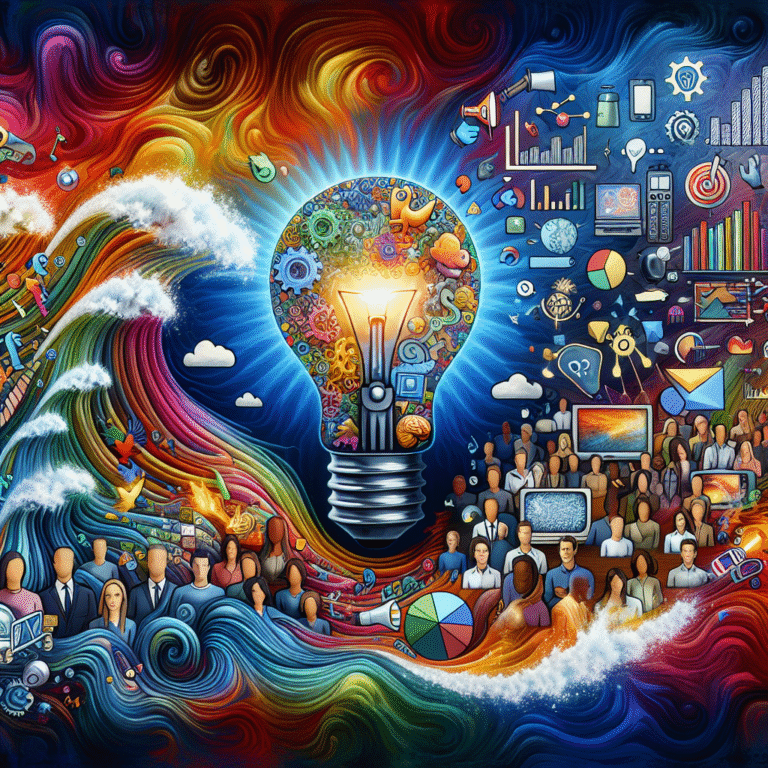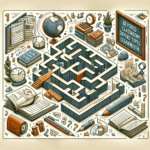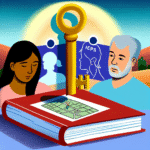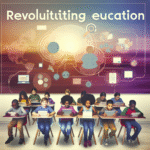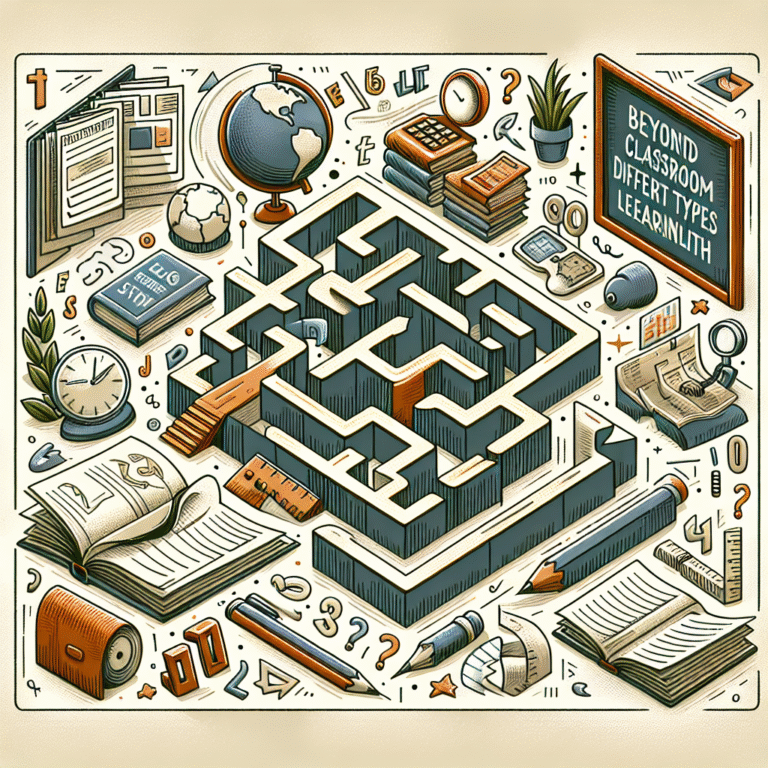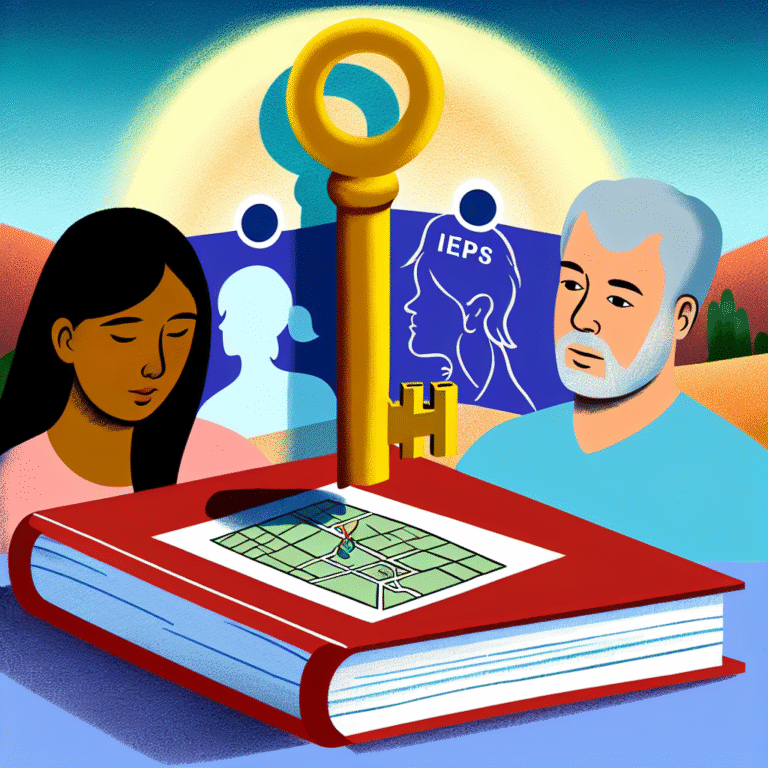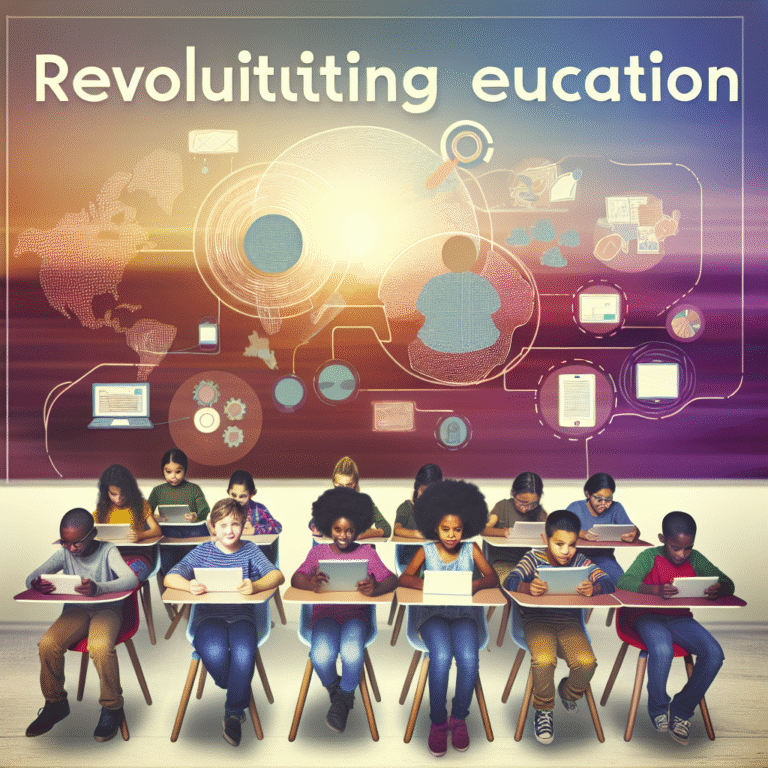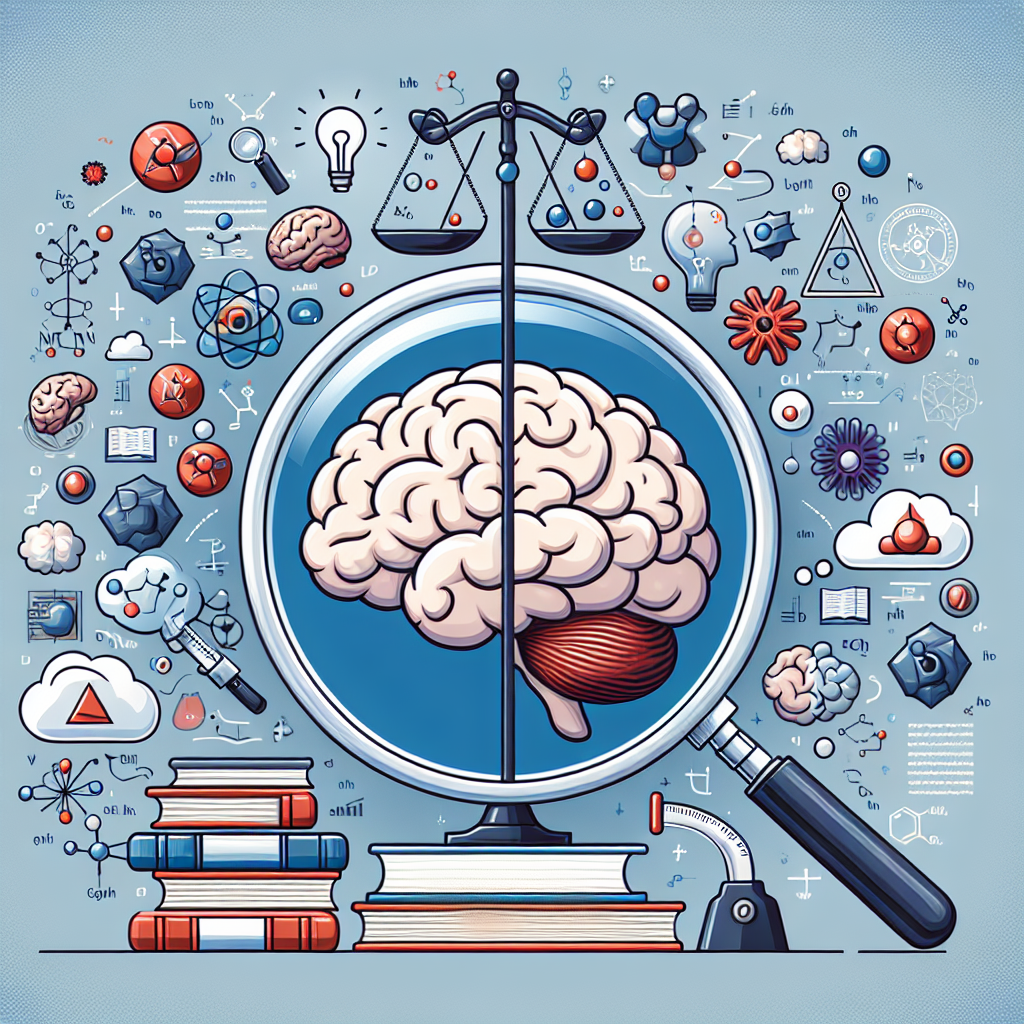
Introduction
Have you ever wondered why people often make choices that defy logic? Why do we sometimes choose the most expensive item under the assumption it is the best? Why do we stick with a failing plan simply because we’ve invested so much time and resources into it? Welcome to the fascinating world of decision-making, where human behavior and psychological biases play a pivotal role.
In this article, we will explore The Science of Decision-Making: How Cognitive Biases Skew Our Choices. By diving into the complexities of cognitive biases, we will uncover how these biases shape our everyday decisions, impact organizations, and ultimately affect the quality of our lives. So buckle up as we embark on this enlightening journey!
Understanding the Basics of Decision-Making
What is Decision-Making?
Decision-making is the cognitive process of selecting a course of action from multiple alternatives. It’s an essential aspect of human behavior that spans across various domains, including business, healthcare, and personal relationships.
Why It Matters
Understanding The Science of Decision-Making: How Cognitive Biases Skew Our Choices is crucial because these biases can lead to suboptimal choices that impact everything from our finances to our health. Recognizing these patterns can empower us to make better decisions.
Cognitive Biases: A Double-Edged Sword
Cognitive biases are systematic patterns of deviation from norm or rationality in judgment. They can influence our decisions in ways we’re often unaware of. Here are some common biases that skew our decision-making processes.
Confirmation Bias
Definition: The tendency to search for, interpret, favor, and recall information that confirms one’s preexisting beliefs.
Real-World Application: A 2016 study by the Pew Research Center found that individuals tend to consume news from sources that align with their political views. This confirmation bias skews their understanding of the world and can lead to polarized viewpoints.
Anchoring Bias
Definition: The tendency to rely too heavily on the first piece of information encountered when making decisions.
Case Study: In a classic experiment by Tversky and Kahneman (1974), participants were asked to estimate the percentage of African countries in the United Nations. When they were shown a wheel that had been rigged to land on either 10 or 65, their subsequent estimates were closely tied to the initial random number.
Relevance: This phenomenon illustrates how initial numbers can skew our perceptions, impacting decisions in areas such as finance and investment.
Hindsight Bias
Definition: Also known as the “I-knew-it-all-along” effect, this bias occurs when people perceive past events as having been more predictable than they were.
Analysis: After a significant market crash, investors might claim they saw the signs beforehand, demonstrating how hindsight bias can distort our understanding of past decisions. This can lead to overconfidence in future predictions, contributing to risky investments.
Availability Heuristic
Definition: The reliance on immediate examples that come to mind when evaluating a specific topic, concept, method, or decision.
Example: If a person recently heard about a plane crash in the news, they might overestimate the dangers of flying, despite its statistically proven safety.
Status Quo Bias
Definition: The preference for the current state of affairs, leading individuals to resist change.
Case Study: A notable example can be found in healthcare, where patients often stick to outdated treatments due to this bias, even though new, more effective options are available.
Sunk Cost Fallacy
Definition: The tendency to continue an endeavor once an investment in money, effort, or time has been made.
Analysis: Businesses often fall victim to this bias, pouring additional resources into failing projects simply because they’ve already invested time and capital. Recognizing this bias can lead to wiser resource allocation and decision-making strategies.
Visualizing Cognitive Biases
Table of Common Cognitive Biases
| Cognitive Bias | Definition | Real-World Impact |
|---|---|---|
| Confirmation Bias | Favoring information that supports existing beliefs | Polarized viewpoints in society |
| Anchoring Bias | Relying on the first piece of information | Distorted decision-making in investments |
| Hindsight Bias | Seeing events as predictable after they happen | Overconfidence in future predictions |
| Availability Heuristic | Overestimating the importance of immediate examples | Misjudged risks in areas like safety or policy |
| Status Quo Bias | Preference for the current state | Resistance to necessary changes |
| Sunk Cost Fallacy | Continuing based on prior investment | Poor business decisions |
The Science Behind Decision-Making
How the Brain Works During Decision-Making
Understanding The Science of Decision-Making: How Cognitive Biases Skew Our Choices also requires a peek into the brain. The prefrontal cortex is the area responsible for higher cognitive functions, including decision-making. When biases influence our choices, it often stems from shortcuts taken by our brain to simplify complex problems.
The Role of Emotions
Emotions significantly impact our decision-making process. For instance, anxiety can lead to avoidance biases, while overconfidence can lead to riskier decisions. Emotional regulation is, therefore, a critical component of effective decision-making.
Case Studies: Bias in Action
Case Study 1: The Challenger Disaster
The Challenger Space Shuttle disaster in 1986 serves as a tragic example of cognitive biases at play. Engineers expressed concerns regarding the O-rings in cold weather, but decision-makers ignored this due to a mix of confirmation bias and reliance on past successes, hoping to affirm their beliefs that the shuttle was ready for launch.
Takeaway: This case underlines the dire consequences that can arise from ignoring cognitive biases in crucial decision-making contexts.
Case Study 2: Netflix’s Content Decisions
Netflix relies heavily on data analytics for its decision-making. However, during its initial forays into original content, it faced criticism for not aligning with what audiences had previously enjoyed. This illustrates how biases can affect creative decision-making even in data-driven environments.
Analysis: While data is crucial, understanding the biases that accompany interpretation is equally important for making informed creative decisions.
Strategies to Counteract Cognitive Biases
Awareness and Education
The first step in mitigating the impact of biases is to grow awareness. Training sessions and workshops can educate individuals on common cognitive biases and their effects.
Decision-Making Frameworks
Using frameworks like SWOT (Strengths, Weaknesses, Opportunities, Threats) analysis can support more analytical decision-making processes. By forcing individuals to list out factors, they reduce reliance on biases.
Seeking Diverse Perspectives
Engaging in discussions with individuals outside of one’s immediate circle can introduce alternative viewpoints, reducing the impact of confirmation bias.
The Future of Decision-Making: AI and Cognitive Biases
Incorporating AI into Decision-Making
Artificial intelligence (AI) is increasingly becoming a helpful tool in decision-making by providing objective data. AI can assist by flagging potential biases and suggesting alternative solutions or viewpoints.
The Ethical Dilemma
However, the reliance on AI also raises ethical questions regarding bias in algorithms. It’s essential to recognize that biases can be embedded in the data fed into AI systems, leading to skewed outcomes.
Conclusion
In summary, understanding The Science of Decision-Making: How Cognitive Biases Skew Our Choices is not just an academic exercise but a necessary endeavor for improving our decision-making processes across various domains. By identifying and counteracting cognitive biases, we empower ourselves—whether in business, healthcare, or daily life.
As you move forward, consider how these biases have influenced your past decisions. Apply the strategies discussed here to enhance your decision-making skills, and inspire those around you to do the same.
Let’s strive for a future where informed decisions are the norm, not the exception.
FAQs
1. How can I recognize my cognitive biases?
Start by reflecting on previous decisions and analyzing the reasoning behind them. Journaling your thoughts can also help illuminate patterns.
2. Can biases be completely eliminated?
While it’s challenging to eliminate biases entirely, awareness and education can significantly reduce their impact on our decisions.
3. What tools can assist in decision-making?
Frameworks such as SWOT analysis, paired with decision matrices, offer structured approaches to evaluate options more objectively.
4. How does cognitive bias impact businesses?
Cognitive biases can lead to poor financial decisions, ineffective marketing strategies, and missed opportunities for innovation.
5. Is emotional intelligence important in decision-making?
Absolutely! Emotional intelligence allows individuals to recognize their feelings and biases, leading to more balanced decisions.
By following these insights and strategies, you’ll be better equipped to navigate the complex landscape of decision-making, effectively minimizing the bias that can lead you astray.

